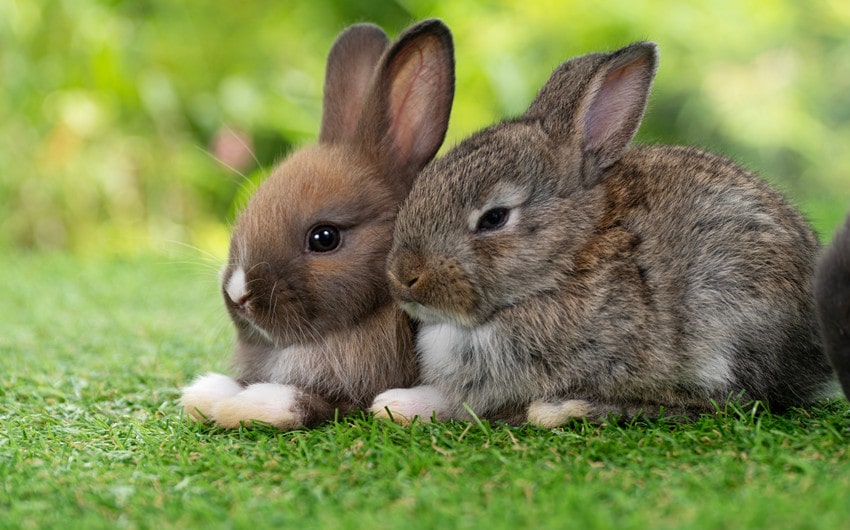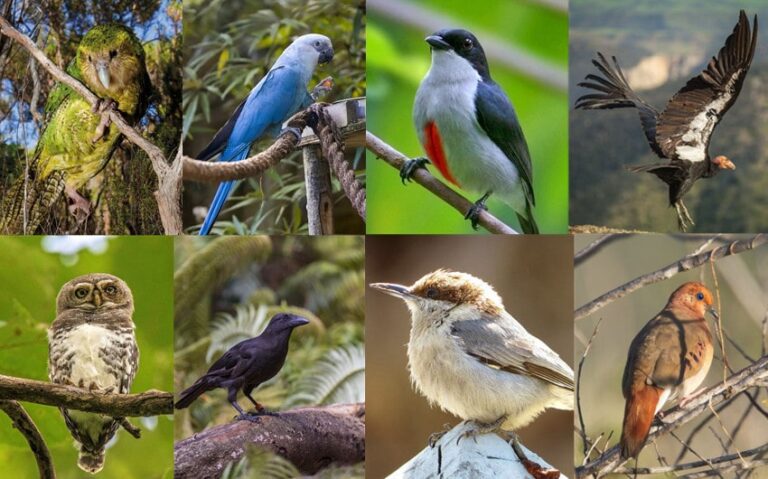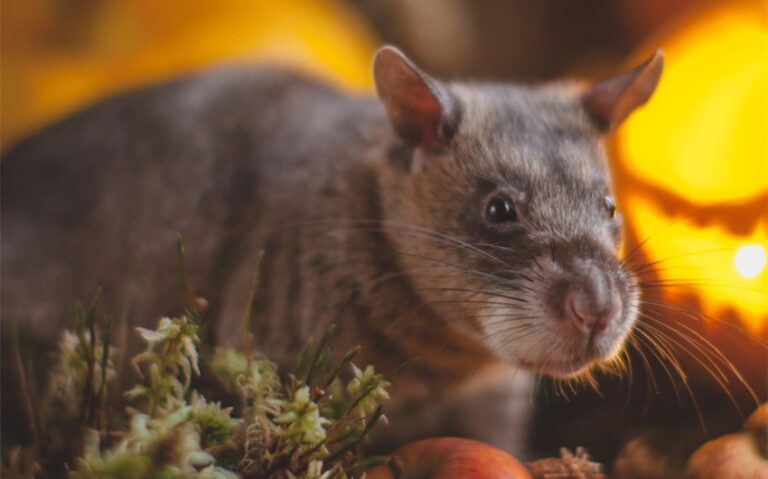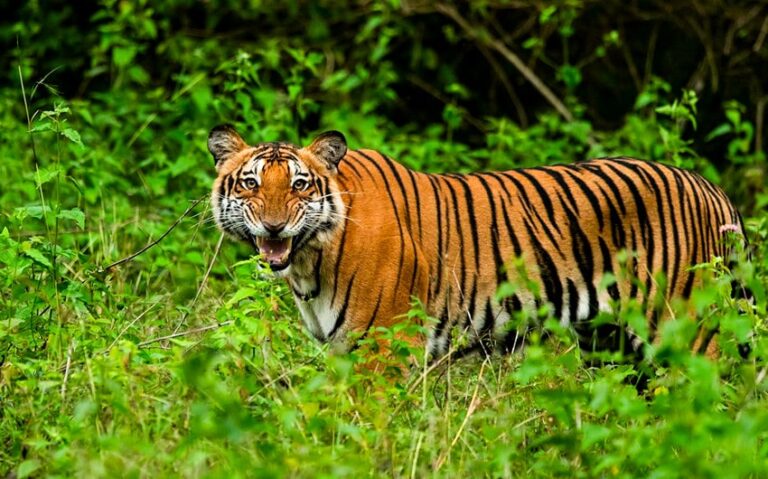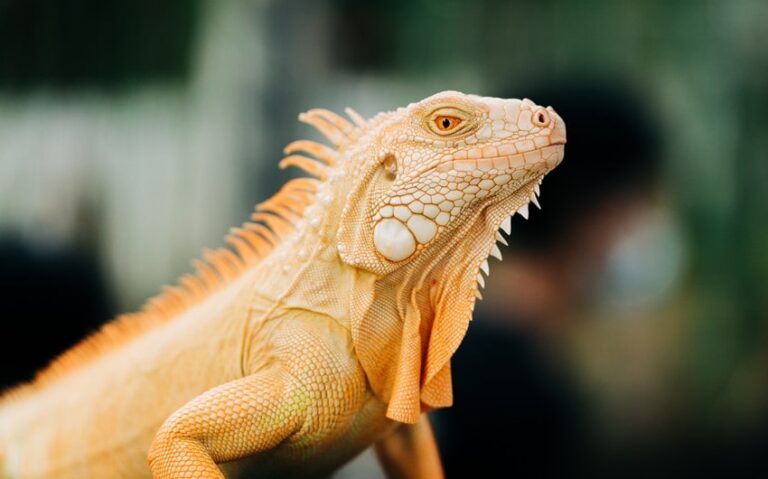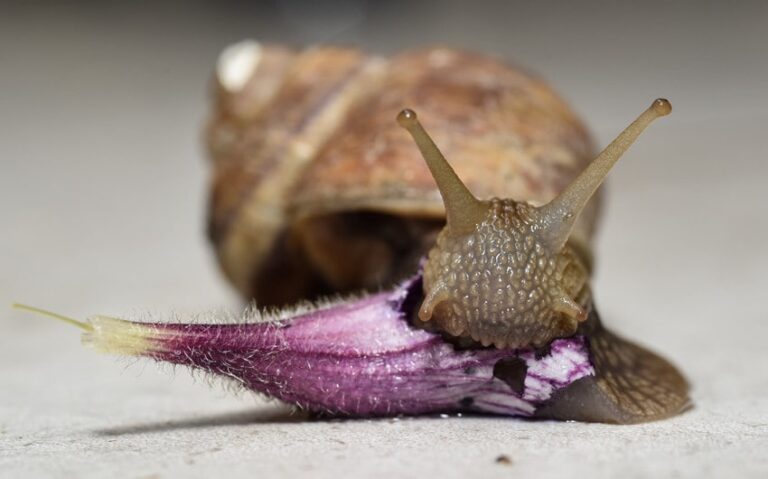Are Rabbits Rodents? Get the Definitive Answer Here
Have you ever wondered, “Are rabbits rodents?” It’s a common question that many people ask. While rabbits and rodents share some similarities, they actually belong to different animal families. Rabbits are classified as lagomorphs, not rodents. In this article, we’ll explore the key differences between these two groups and clear up any confusion. By the end, you’ll understand why rabbits are unique and fascinating creatures that stand apart from rodents.
What Are Rodents?
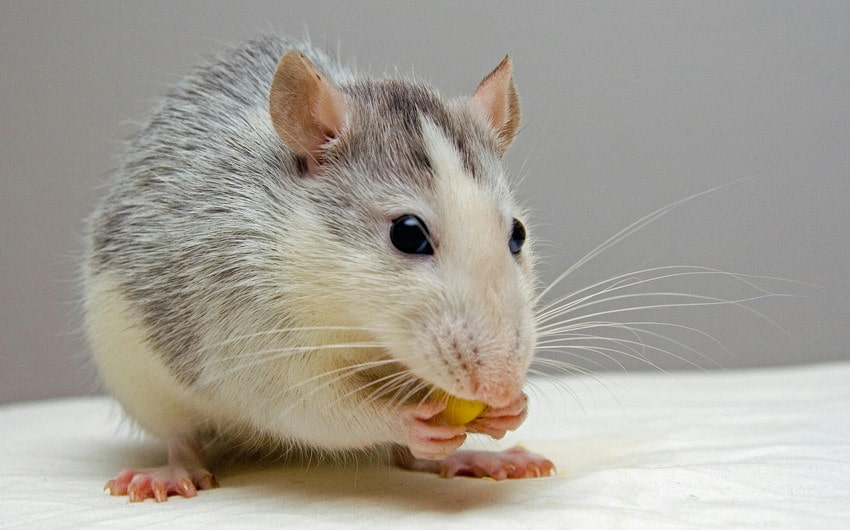
Rodents are a diverse group of mammals belonging to the order Rodentia. This order is one of the largest in the animal kingdom, encompassing over 2,000 species. Common examples of rodents include mice, rats, squirrels, and beavers. One of the most distinctive features of rodents is their teeth, specifically their continuously growing incisors. These sharp front teeth are adapted for gnawing and must be kept worn down by constant use.
Rodents are found in a wide range of habitats, from forests and grasslands to urban areas. They are highly adaptable and can survive in various environments, which is why they are so widespread. Their diets are equally diverse, typically consisting of seeds, nuts, fruits, and other plant material, though some species are omnivorous and will eat insects and small animals.
Rodents play significant roles in their ecosystems. They act as seed dispersers, prey for many predators, and sometimes, unfortunately, as pests that can cause damage to crops and property. Understanding what defines a rodent helps clarify why rabbits, despite some superficial similarities, do not belong to this group.
What Are Rabbits?

Rabbits are small mammals that belong to the order Lagomorpha, specifically the family Leporidae. Unlike rodents, rabbits have an additional pair of incisors behind their primary upper incisors, a key feature distinguishing them from the Rodentia order. This unique dental structure is one of the defining characteristics of lagomorphs.
Rabbits are known for their long ears, powerful hind legs, and short tails. They are herbivores, primarily feeding on grass, leafy weeds, and other vegetation. Their digestive system is specially adapted to process large amounts of fibrous plant material, allowing them to extract essential nutrients efficiently.
Rabbits are found in various habitats, including meadows, forests, grasslands, and deserts. They are social animals, often living in groups, and are known for their burrowing behavior, creating complex warrens for shelter and protection. In addition to their ecological roles, rabbits have been domesticated and are kept as pets, used in research, and farmed for their meat and fur.
Are Rabbits Rodents?
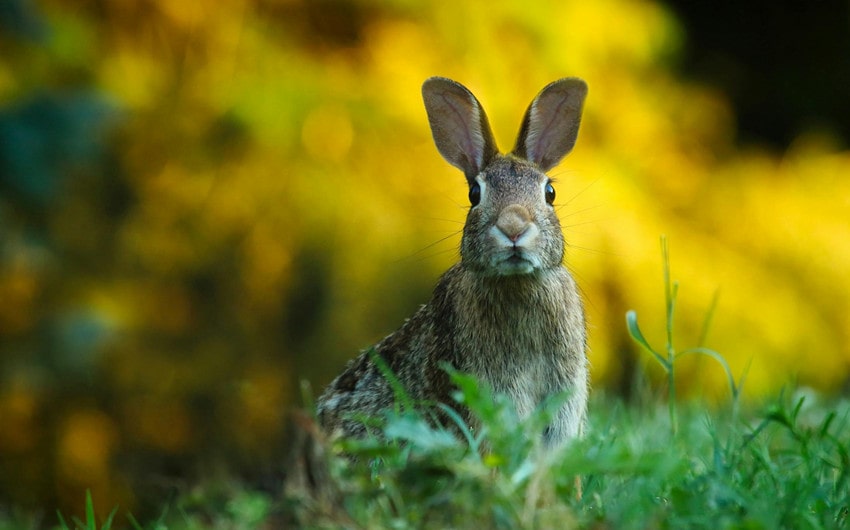
No, rabbits are not rodents. While they may share some superficial similarities with rodents, rabbits belong to a different order known as Lagomorpha, while rodents belong to the order Rodentia. This classification is based on key differences in their dental structures, digestive systems, and evolutionary history. Understanding these differences helps to clearly distinguish between rabbits and rodents.
Now, let’s explore the key differences between rodents and rabbits to better understand why they are classified separately.
1. Rabbits Have a Unique Dental Structure
One of the most significant differences between rodents and rabbits lies in their dental anatomy. Rodents have a single pair of continuously growing incisors in both the upper and lower jaws. These incisors are long, sharp, and adapted for gnawing. They need to be constantly worn down through gnawing on various materials to prevent overgrowth, which can be problematic for the animal.
Rabbits, on the other hand, belong to the order Lagomorpha and have a unique dental feature: an additional pair of small incisors, known as peg teeth, located behind the primary upper incisors. This secondary set of incisors is absent in rodents. The dental structure of rabbits is adapted for a diet consisting mainly of fibrous plant material, requiring them to chew their food thoroughly.
2. Rabbits Have a Specialized Digestive System
Both rodents and rabbits are primarily herbivores, but their digestive systems are adapted to their specific dietary needs. Rodents typically have a simple stomach and are capable of digesting a variety of plant materials, including seeds, nuts, fruits, and vegetables. Some rodents, like mice and rats, can also consume insects and small animals, making them omnivorous.
Rabbits, however, have a highly specialized digestive system designed to process a diet rich in cellulose. They practice a form of digestion called hindgut fermentation, which allows them to extract maximum nutrients from fibrous plants. Rabbits also perform cecotrophy, where they eat a specific type of feces called cecotropes, which are rich in nutrients and beneficial bacteria, allowing them to further digest their food and absorb essential vitamins.
3. Rabbits Exhibit Distinct Reproductive and Behavioral Traits
Reproductive strategies and behaviors also differ between rodents and rabbits. Rodents generally have a high reproductive rate, with many species capable of producing several litters of young each year. The gestation period is relatively short, and the young are born in a relatively undeveloped state, requiring significant parental care initially.
Rabbits also have a high reproductive rate, but their reproductive behaviors are distinct. Female rabbits, or does, can conceive again shortly after giving birth, leading to the potential for rapid population growth. Rabbits’ young, called kits, are born blind and hairless, requiring substantial maternal care in the early stages of life.
4. Rabbits Have Unique Social Structures and Habitat Preferences
Rodents and rabbits exhibit different social structures and habitat preferences. Many rodent species, such as mice and rats, are highly adaptable and can thrive in a wide range of environments, including urban areas. Some rodents, like beavers, are known for their complex social structures and cooperative behaviors in building and maintaining habitats.
Rabbits, particularly wild species, are known for their social behavior and often live in groups. They create extensive burrow systems called warrens, which provide shelter and protection from predators. Domestic rabbits can also exhibit social behaviors, and when kept as pets, they thrive in environments where they receive companionship and interaction.
5. Rabbits Have a Different Evolutionary Lineage
The evolutionary history of rodents and rabbits further underscores their differences. Rodents belong to the order Rodentia, which is characterized by a single set of incisors and a wide variety of species adapted to numerous ecological niches. Lagomorphs, which include rabbits, hares, and pikas, belong to a separate order, Lagomorpha, and are distinguished by their dental and digestive adaptations.
While both groups have evolved to fill various ecological roles, their evolutionary paths have diverged significantly, leading to distinct anatomical, physiological, and behavioral traits.
Why Are Rabbits Often Mistaken for Rodents?
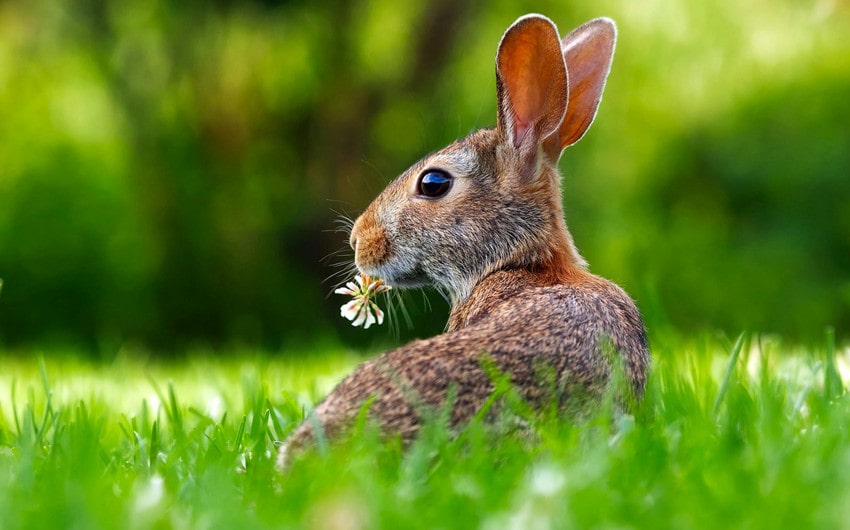
1. Superficial Similarities
Rabbits and rodents share several superficial characteristics that often lead to confusion. Both groups are small to medium-sized mammals with similar body shapes and fur-covered bodies. Their large, prominent incisors are another common feature that can easily mislead people into thinking they belong to the same family. These physical resemblances are the primary reason why many people mistakenly classify rabbits as rodents at first glance.
2. Common Habitat and Behavior
Rabbits and rodents often inhabit similar environments and exhibit comparable behaviors, further blurring the lines between the two groups. Both can be found in diverse habitats ranging from forests and grasslands to urban areas.
They are also both known for their burrowing habits. Rabbits create complex burrow systems called warrens, while many rodents dig extensive tunnel networks. These shared behaviors contribute to the common misconception that rabbits are a type of rodent.
3. Dietary Overlaps
Both rabbits and many rodent species are primarily herbivores, feeding on a diet of plants, seeds, and vegetables. This dietary overlap reinforces the idea that rabbits might be rodents, as people often associate specific diets with certain animal groups. However, despite these similarities, their digestive systems are quite different, a distinction that is not immediately apparent.
4. Lack of Awareness of Scientific Classification
Many people are not familiar with the specifics of animal taxonomy and classification. The distinction between orders such as Rodentia (rodents) and Lagomorpha (rabbits and hares) is not common knowledge. Without a detailed understanding of these scientific categories, it’s easy to assume that similar-looking animals belong to the same group. This lack of awareness contributes significantly to the widespread confusion.

